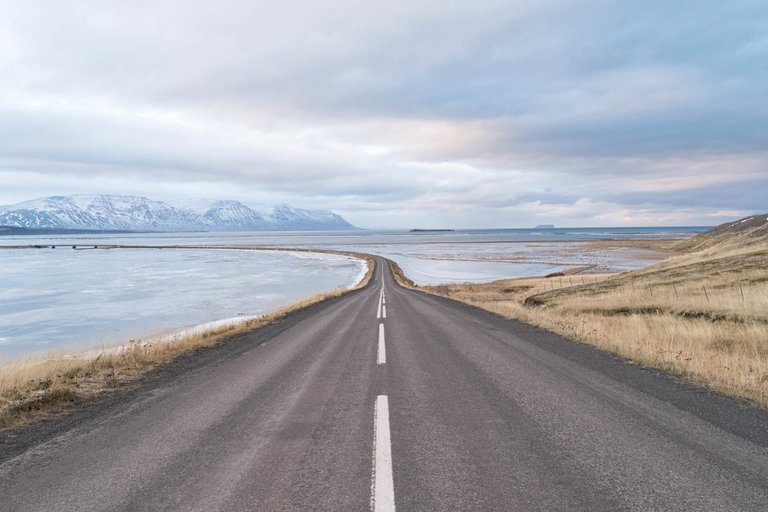 There are plenty of reasons why Iceland is one of the hottest travel destinations: it’s home to some 30 active volcanoes, steaming hot springs, and bubbling geysers, to name a few of its natural attractions. The Land of Fire and Ice is also famous for specific sites, like the largest glacier in Europe by volume and crystalline ice caves that can only be explored in the winter. And that’s to say nothing of the flickering Northern lights above.
There are plenty of reasons why Iceland is one of the hottest travel destinations: it’s home to some 30 active volcanoes, steaming hot springs, and bubbling geysers, to name a few of its natural attractions. The Land of Fire and Ice is also famous for specific sites, like the largest glacier in Europe by volume and crystalline ice caves that can only be explored in the winter. And that’s to say nothing of the flickering Northern lights above.
While it’s hard to plan a bad trip to Iceland, it’s easy to get caught up in the logistics. For a stress-free trip to see Iceland’s wonders, consult our comprehensive guide as you plan your trip.
What you see and do in Iceland will be almost entirely determined by the time of year you visit.
Winter, which goes from October through the beginning of March, brings with it short days and lots of precipitation. But despite its name, Iceland doesn’t get unbearably cold. Temperatures will hover around freezing, or 32 degrees Fahrenheit. The lack of daylight can be troublesome (during the solstice, in December, daylight is limited to less than four hours), especially for travelers venturing far away from Reykjavik and the capital’s well-lit streets. But the impermeable darkness also means excellent conditions for viewing the Aurora Borealis, and major savings. Airfare can drop by a third during the off-season, and discounts can be found on lodging, food, and activities, too. You’ll also find much thinner crowds at some of the country’s most popular attractions.
Hi! I am a robot. I just upvoted you! I found similar content that readers might be interested in:
http://www.travelandleisure.com/travel-tips/how-to-travel-to-iceland
nice
upvot back
wow
good job
nice good job
nice